EU – The European Union
Why was the EU created and when did it happen? It all started as a peace project in Europe, but there have been many challenges.

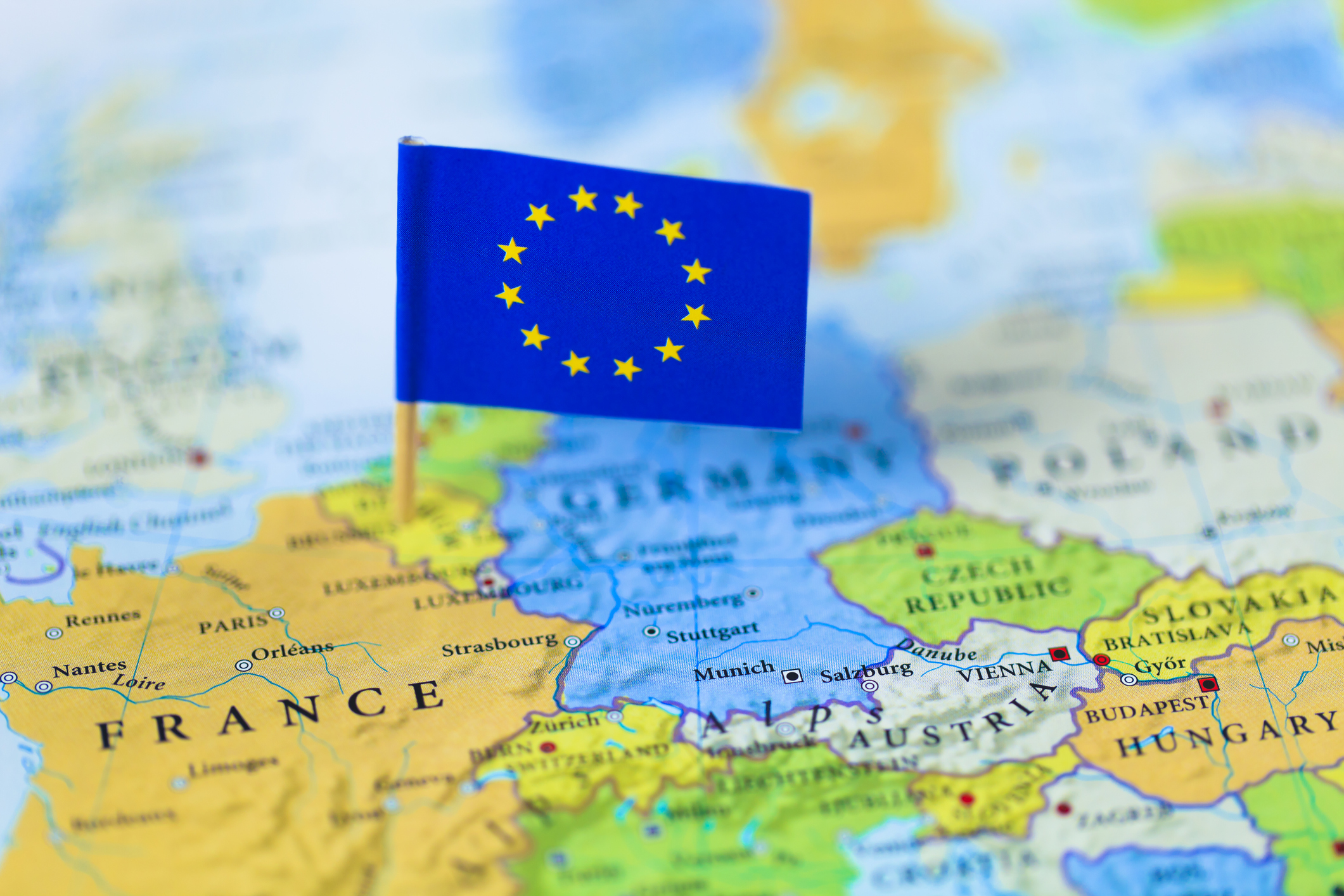
From war to peace
After the First and Second World Wars, Europe had been destroyed by many years of war.
The French minister, Robert Schuman, suggested a union called The European Coal and Steel Community in 1950. The aim of this was to bring countries together by trade and economy instead of going to war against each other.
It started on 25 July 1952 and was the start of the EU we know today.
The first countries to join the Union were Germany, France, Italy, Belgium, the Netherlands and Luxembourg.
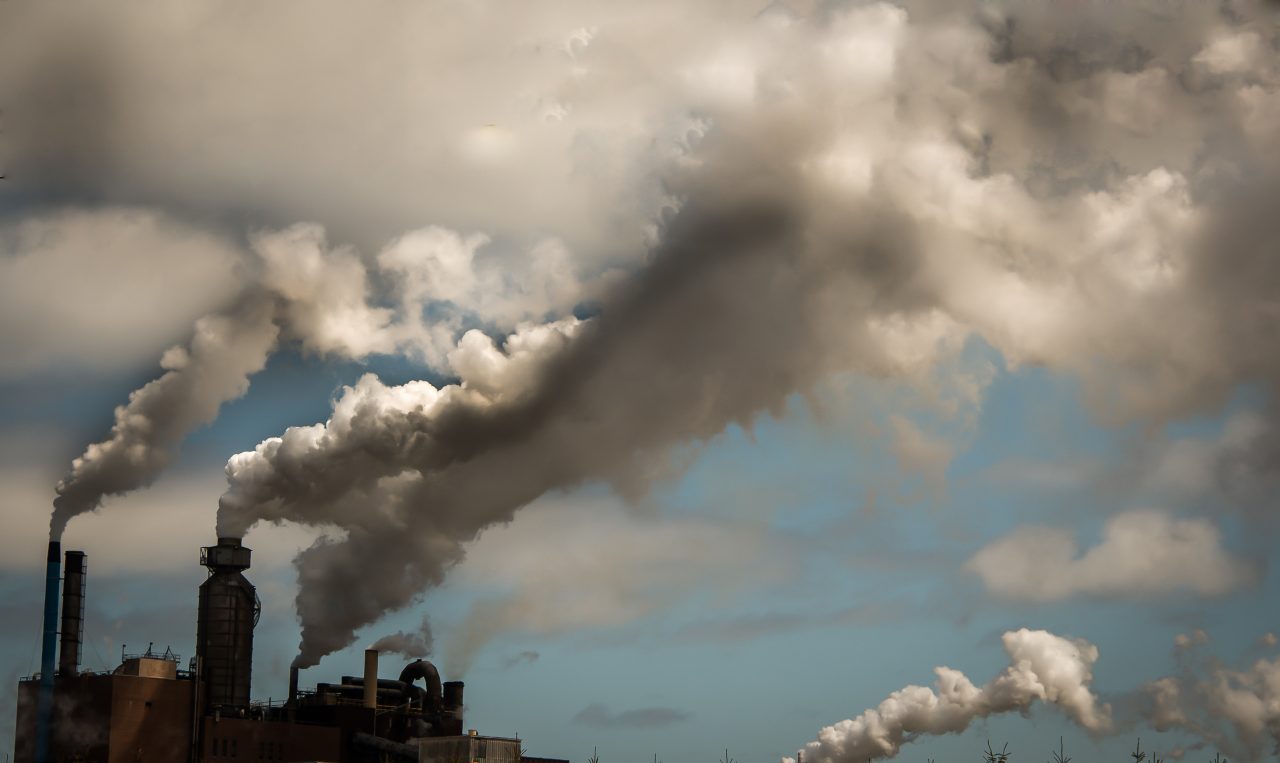
Kullfabrikker
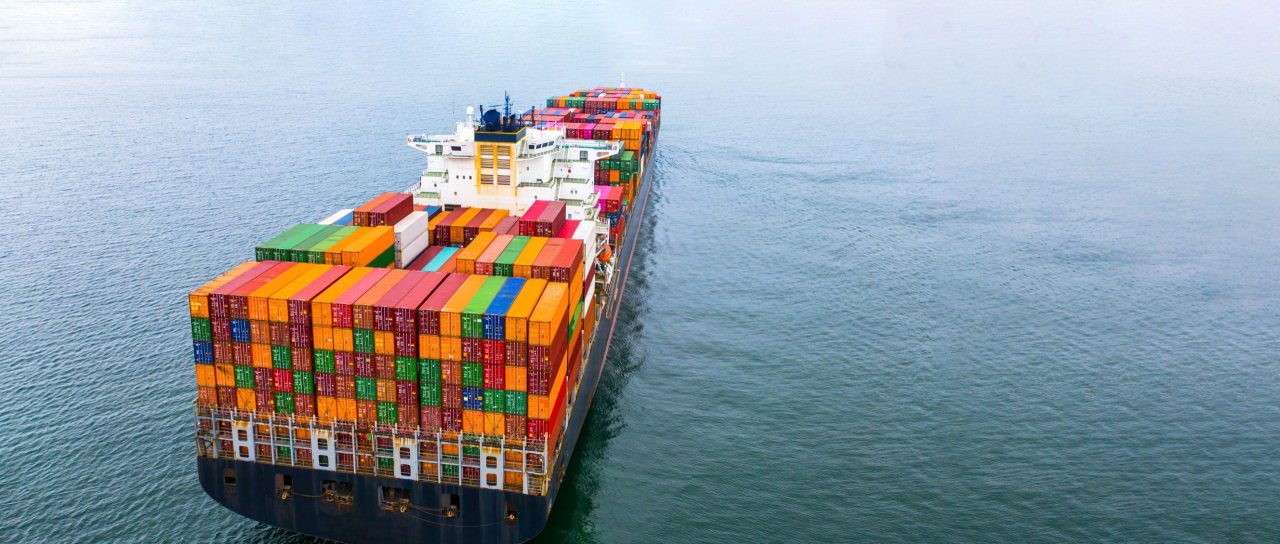
Containerskip
The history of the EU
Expansion and function
Since the Treaty of Rome, the EU has become bigger and bigger and now has 27 member states. The EU is a part of everyone’s life. The food we eat, medicines, safety and research are all things controlled by the EU. If a state wants to become a member, it has to be democratic and join the EU Court of Human Rights.
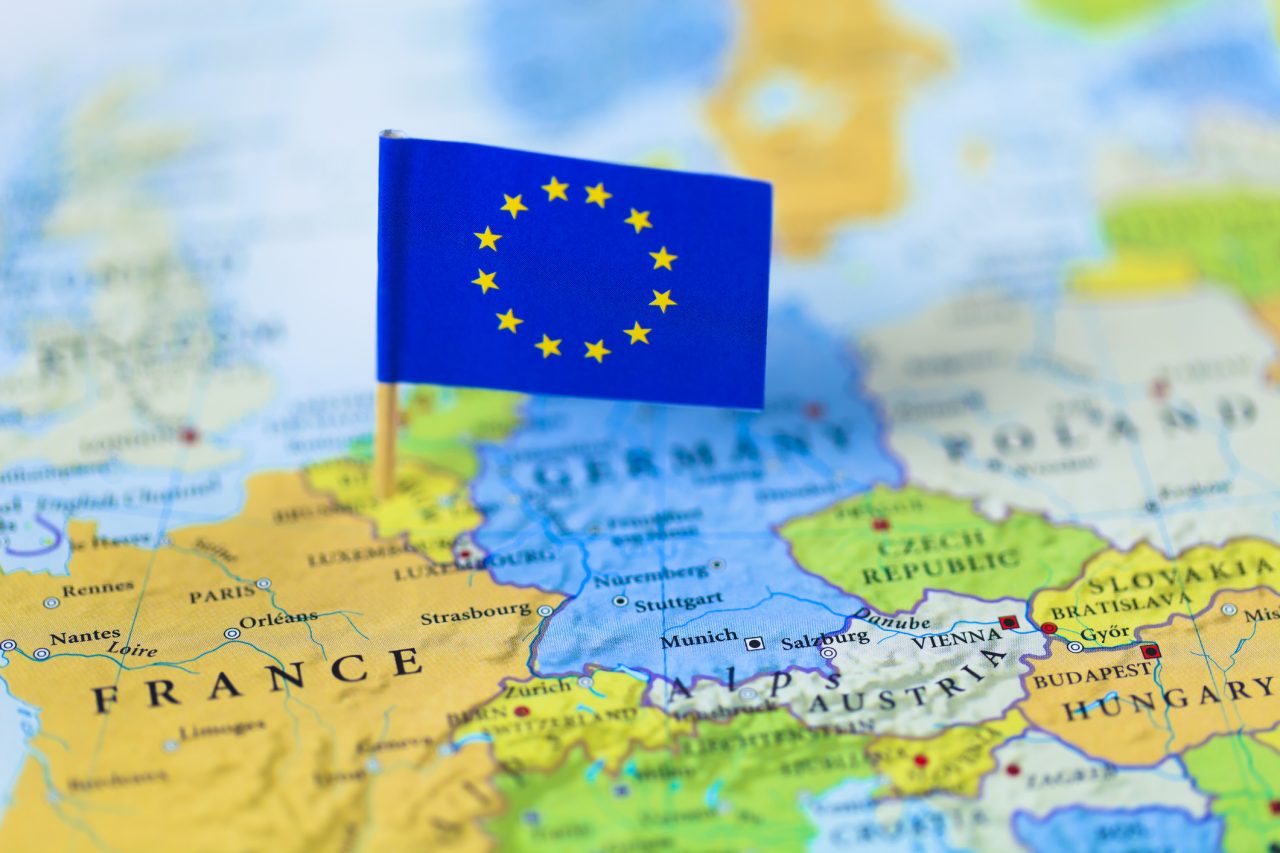
EU
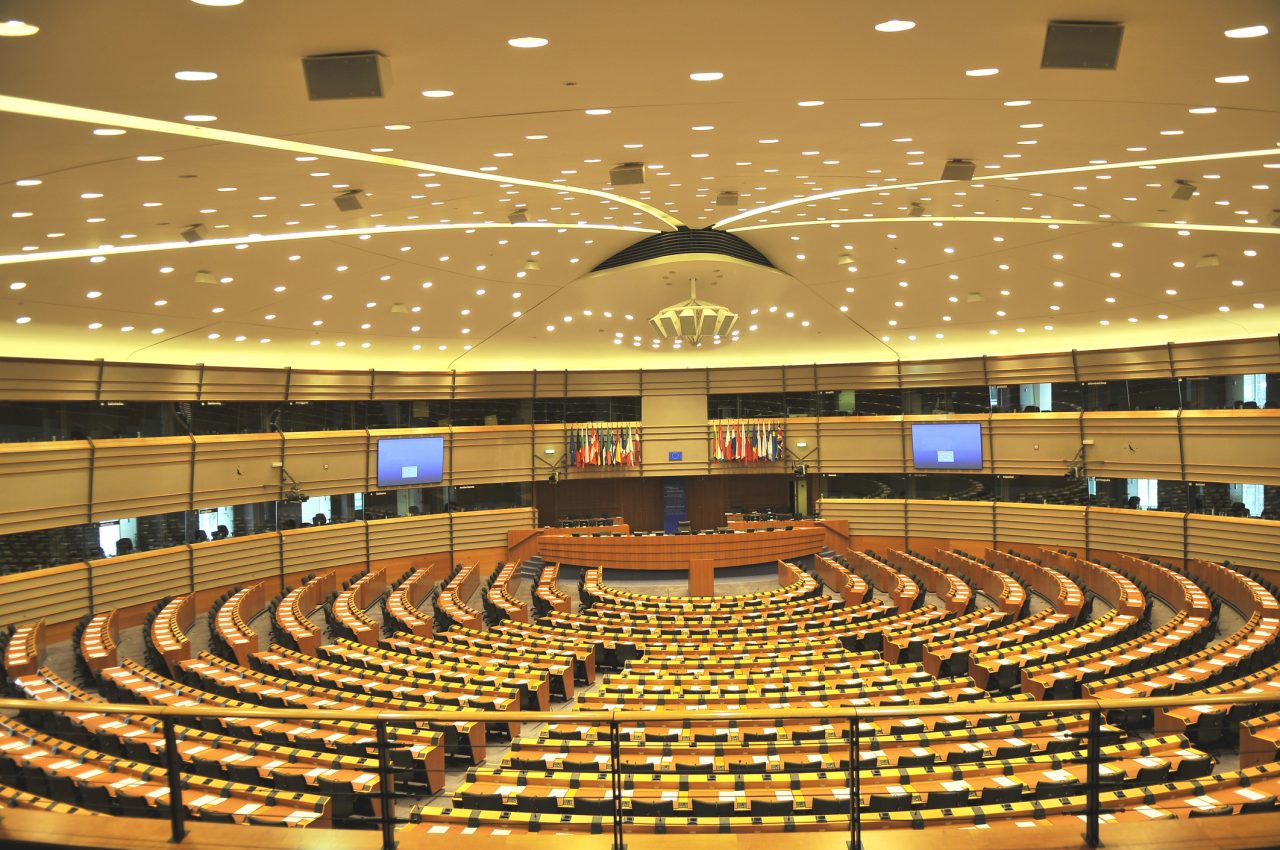
EU-parlamentet
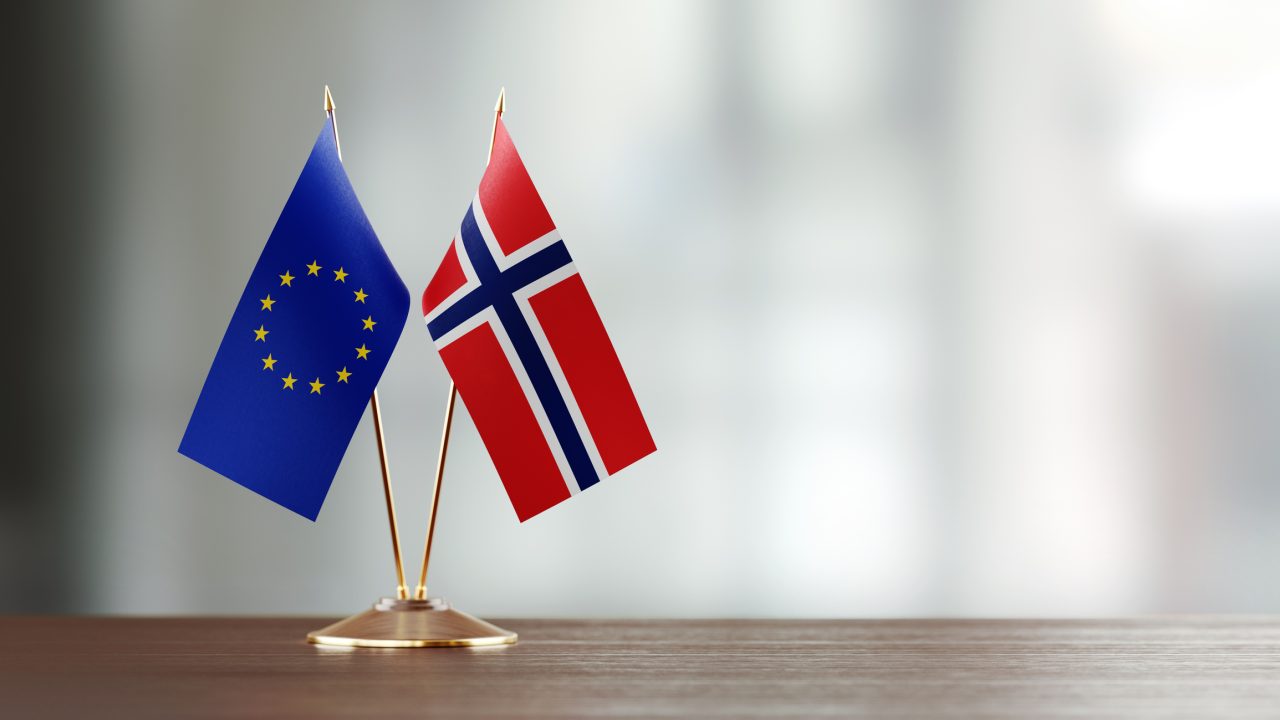
Norge og EU flagg
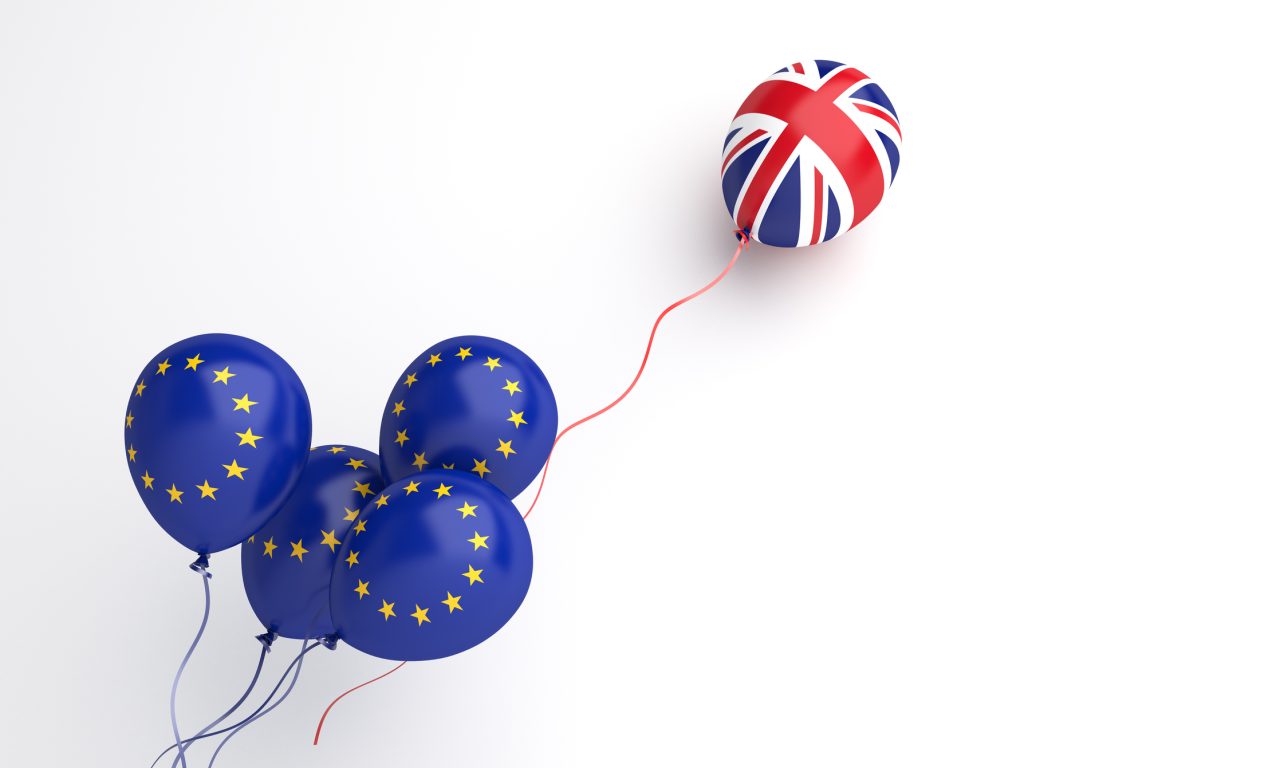
Brexit ballonger
The run-up to Brexit
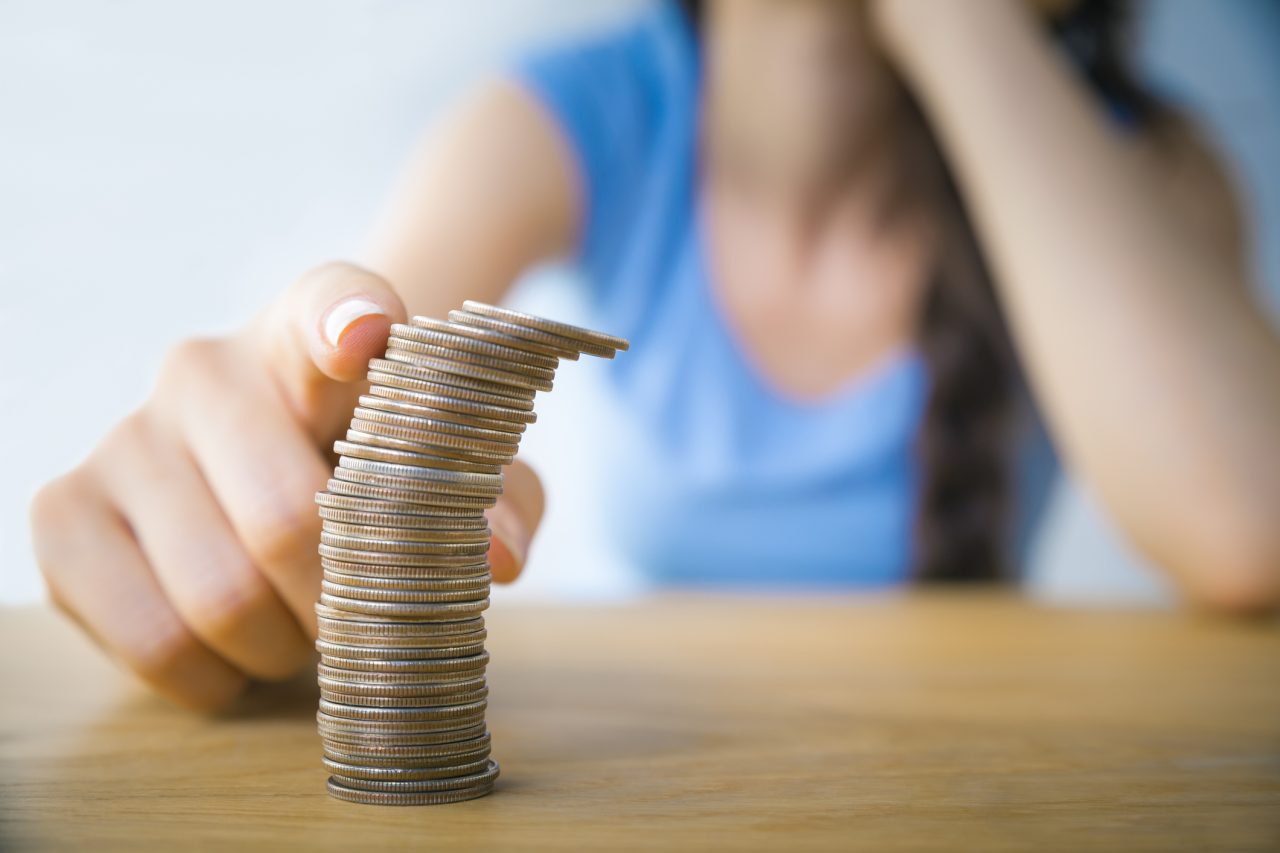
Myntstabel
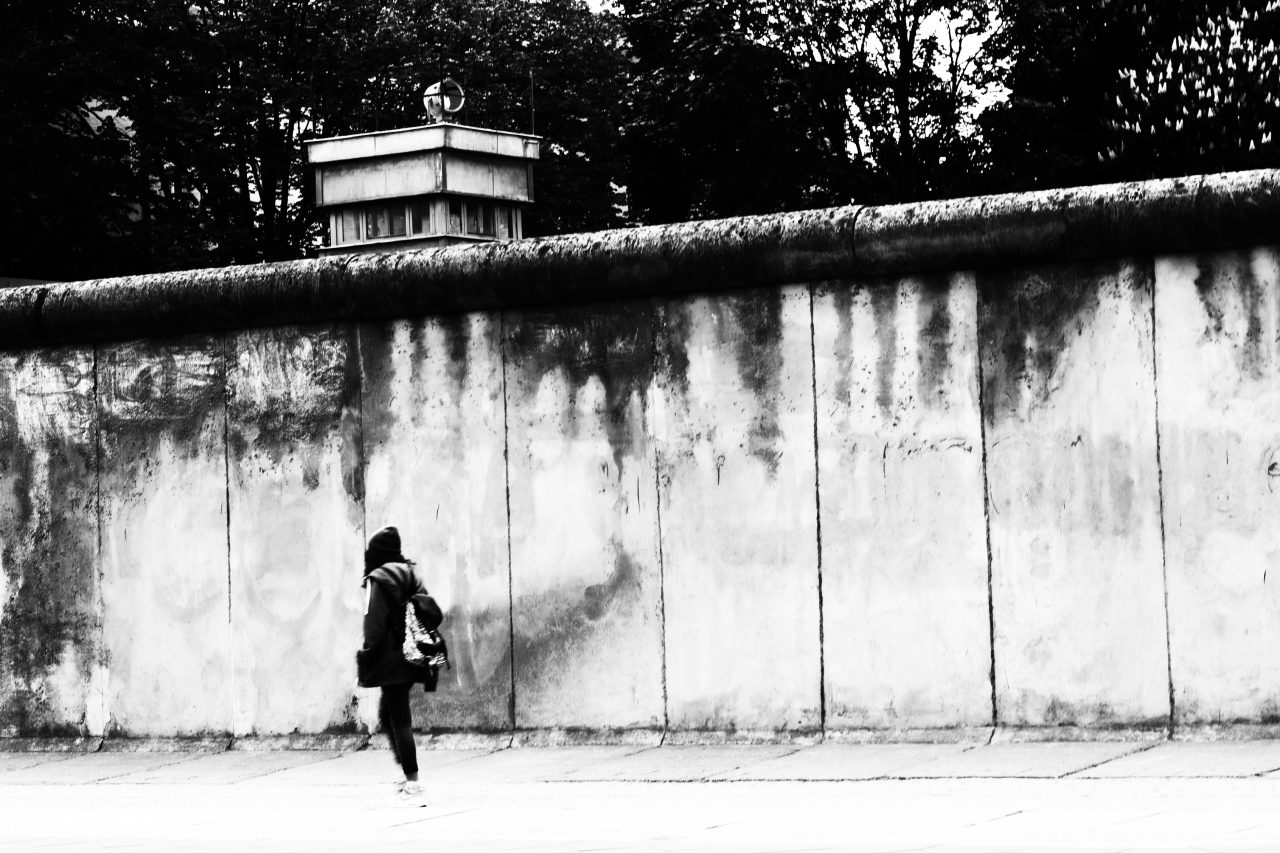
Berlinmuren
EU and Covid-19
With everything going on in the world, the EU’s job is difficult. During the Covid-19 pandemic, the EU tried to make agreements with the members to gain enough vaccines, including Norway.
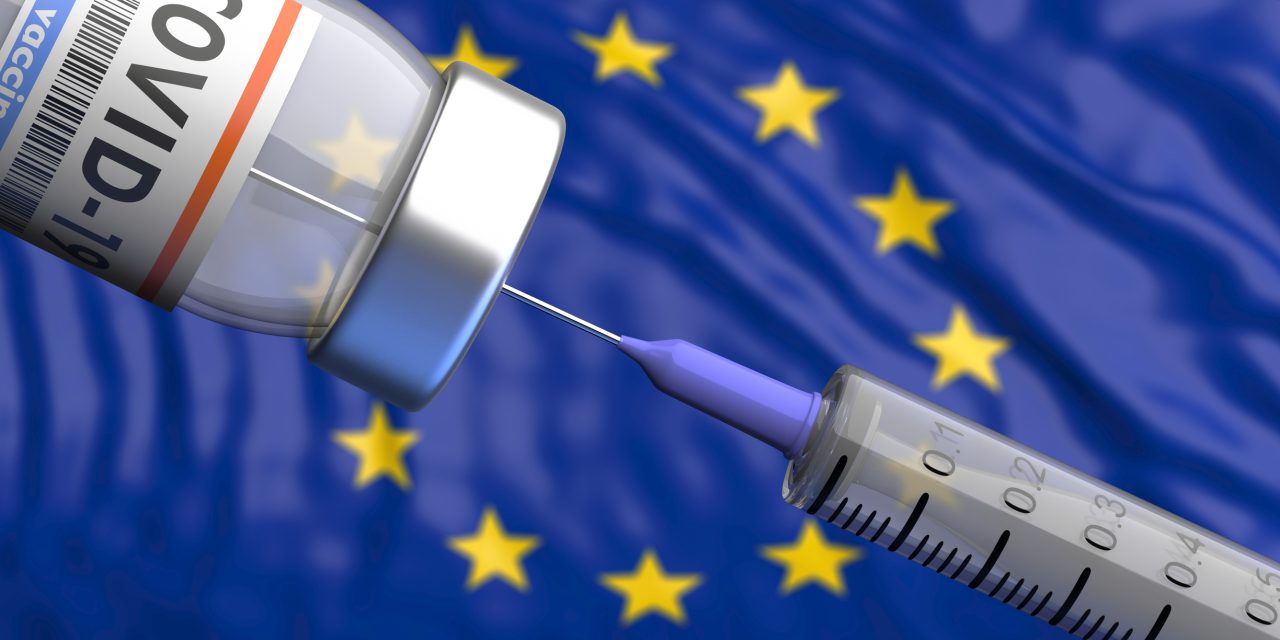
Covidvaksine i EU
The way forward
The EU has approved the ‘Green Deal’ project, which will take the EU out of the crisis after the pandemic.
There will probably be more discussions about Norway and the EU in the future.
What is the Green Deal?
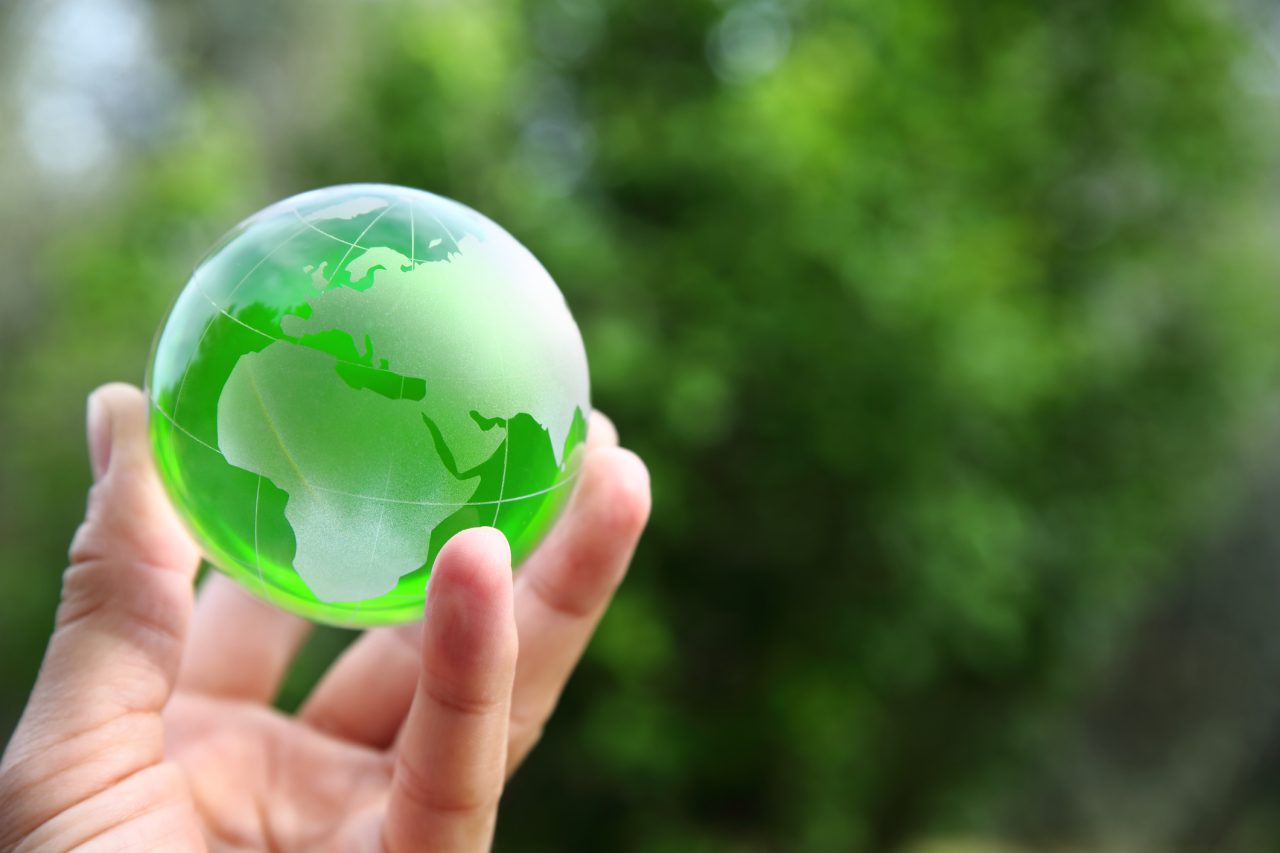
Green Deal
Sources:
- NRK.no (03.11.2021): EU får Nobels fredspris. https://www.nrk.no/nobel/eu-far-nobels-fredspris-1.8355716
- Trondal, Jarle: EU i Store norske leksikon på snl.no.
Hentet 3. november 2021 fra https://snl.no/EU_-_Den_europeiske_union
- Claes, Dag Harald; Hveem, Helge; Tranøy, Bent Sofus:
Global økonomi, krise og politisk styring (2012)
Oslo. Universitetsforlaget.
Media Rights:
-
-
Getty Images
-
Getty Images
-
EPinUK – YouTube
-
Getty Images
-
Getty Images
-
Getty Images
-
Getty Images
-
CNBC – YouTube
-
Getty Images
-
Getty Images
-
Getty Images
-
European Commission – YouTube
-

